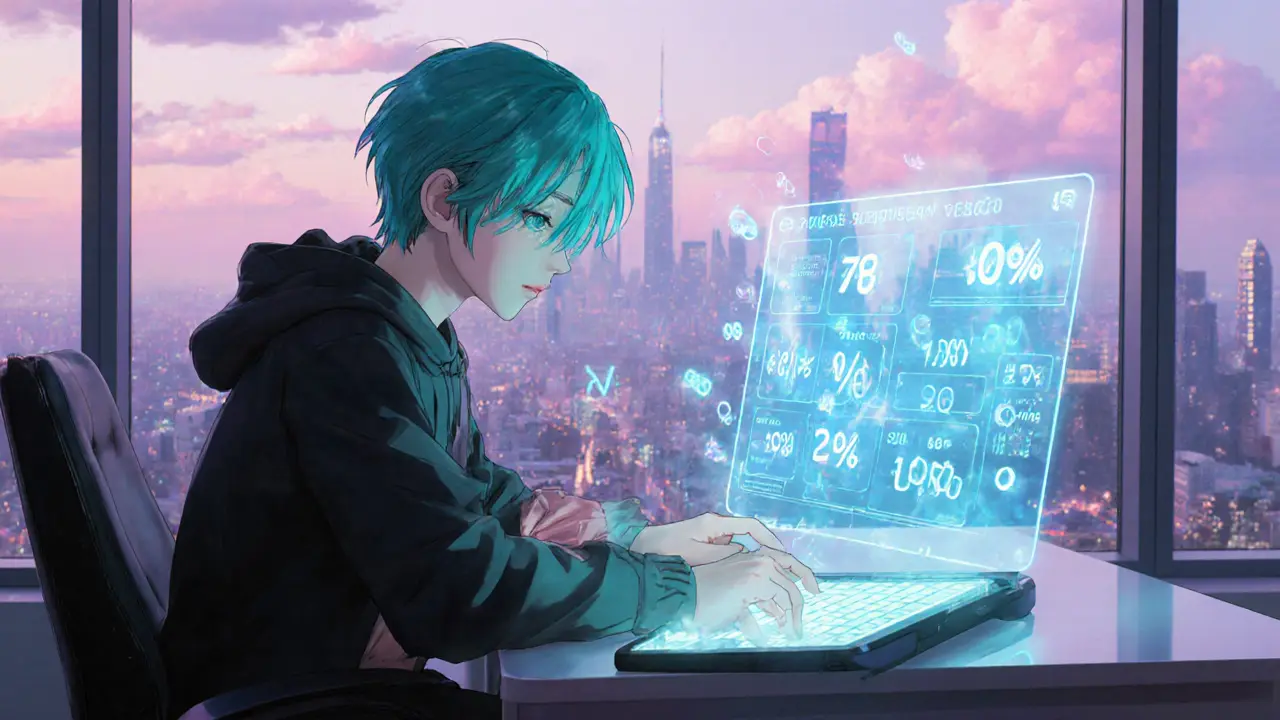All About NFTs – Guides, Airdrops, and Real‑World Uses
When working with NFTs, unique digital assets stored on a blockchain that cannot be exchanged on a one‑to‑one basis like regular tokens. Also known as Non‑Fungible Tokens, they let creators sell ownership of art, music, games, and more without a middleman.
One popular spin‑off is Music NFTs, tokens that represent a song, album, or royalty share on the blockchain. Artists can earn directly every time the token changes hands. Another fast‑growing niche is Play2Earn NFTs, in‑game items that give players real‑world value through token rewards. Finally, NFT airdrop, free distribution of NFTs to eligible wallets, often used to spark community interest connects both worlds by turning a simple giveaway into a launchpad for new projects.
Why NFTs Matter Today
At their core, NFTs encompass digital ownership, authenticity, and scarcity. That trio powers everything from fan‑driven music releases to competitive gaming economies. For musicians, owning a Music NFT means fans can hold a verifiable copy of a track and even claim a slice of streaming revenue. For gamers, Play2Earn NFTs transform a character skin or weapon into a tradable asset that can be sold on secondary markets, turning hobby time into potential income.
Blockchain gaming platforms lean on NFTs to create interoperable economies. A tokenized sword earned in one game can be used in another, thanks to standards like ERC‑721 and ERC‑1155. This cross‑game utility fuels the rise of **blockchain gaming**, where developers design whole worlds around tokenized assets.
From a legal angle, NFTs raise questions about copyright, taxation, and consumer protection. Knowing whether a Music NFT grants you listening rights or a simple collectible badge matters before you spend. Similarly, Play2Earn NFTs often fall under gambling or securities regulations in some jurisdictions, so participants should stay aware of local rules.
When it comes to distribution, NFT airdrops have become a marketing staple. Projects like Bullieverse partnered with CoinMarketCap to drop unique tournament NFTs, while BSCStarter ran the Starchi Launch airdrop that handed out tokenized collectibles to early adopters. These drops typically require tasks such as following social accounts, joining Discord servers, or holding a minimum amount of a related token. The goal is twofold: reward loyal users and generate buzz that drives secondary‑market activity.
Looking ahead, the NFT space is branching into new formats. Fractional ownership lets investors buy slices of high‑value art, while dynamic NFTs can change their appearance or metadata based on real‑world events, adding a layer of interactivity. Musicians are experimenting with NFT‑backed concert tickets that double as memorabilia, and game developers are building decentralized marketplaces where players set their own fees.
All this variety means the NFT tag on HashUltra pulls together guides, news, and deep‑dive analyses that match different skill levels. Whether you’re a fan curious about how a music token works, a gamer hunting the next Play2Earn loot drop, or a developer scouting airdrop strategies, the collection below has practical steps, real‑world examples, and clear warnings to help you navigate the fast‑moving NFT landscape. Dive in to see the latest trends, toolkits, and opportunities waiting in the world of NFTs.
- February 24, 2025
- Comments 18
- Cryptocurrency

